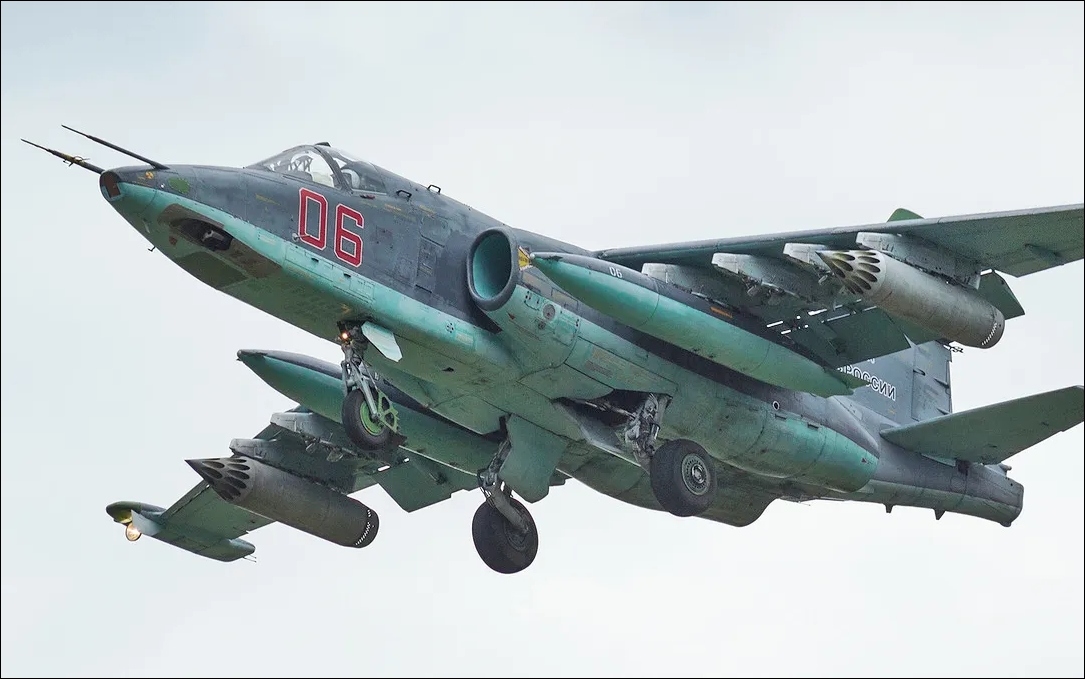The Sukhoi Su-25, known as the “Frogfoot” in NATO circles, is a rugged and reliable ground-attack aircraft that has been a staple of the Ukrainian Air Force for decades. Much like the U.S.’s A-10 Thunderbolt II, the Su-25 is designed for close air support missions, excelling in its ability to deliver devastating firepower against ground targets while withstanding significant damage. Armed with a powerful 30mm GSh-30-2 cannon and a wide array of bombs and missiles, the Su-25 has proven its worth in numerous conflicts, including the ongoing war in Ukraine.

Ukraine’s offer to trade the Su-25 underscores its need to modernize its air force with more versatile and advanced aircraft. The Su-25, while highly effective, is primarily suited for ground attack missions. By acquiring F-16s, Ukraine aims to diversify its capabilities, gaining access to an aircraft that excels in both air-to-air combat and precision strikes.

Why the F-16?
The F-16 Fighting Falcon is renowned for its agility, advanced avionics, and multi-role functionality. Capable of engaging in dogfights, intercepting enemy aircraft, and conducting ground attacks with precision-guided munitions, the F-16 would provide Ukraine with a significant upgrade over the Su-25. The acquisition of F-16s would not only enhance Ukraine’s air defense capabilities but also provide a formidable deterrent against aerial threats.
Strategic Implications for Ukraine and the U.S.
For Ukraine, the trade would mark a major step forward in its efforts to modernize its military and integrate more advanced technology into its operations. The F-16’s advanced systems and broader mission profile would allow Ukraine to adapt to a wider range of combat scenarios, potentially altering the balance of power in the region.
For the United States, this exchange presents an opportunity to further solidify its support for Ukraine while also considering the strategic benefits of integrating the Su-25 into its own operations. Although the U.S. has traditionally relied on the A-10 for close air support, the Su-25’s combat-proven resilience and effectiveness could offer additional tactical options in future conflicts.

Conclusion
Ukraine’s offer to trade the Sukhoi Su-25 for F-16s highlights the dynamic nature of military strategy in the face of evolving threats. As Ukraine seeks to modernize its air force and enhance its defensive capabilities, this potential exchange could have far-reaching implications for both nations. The proposed trade underscores the importance of adaptability and strategic partnerships in navigating the complexities of modern warfare.





